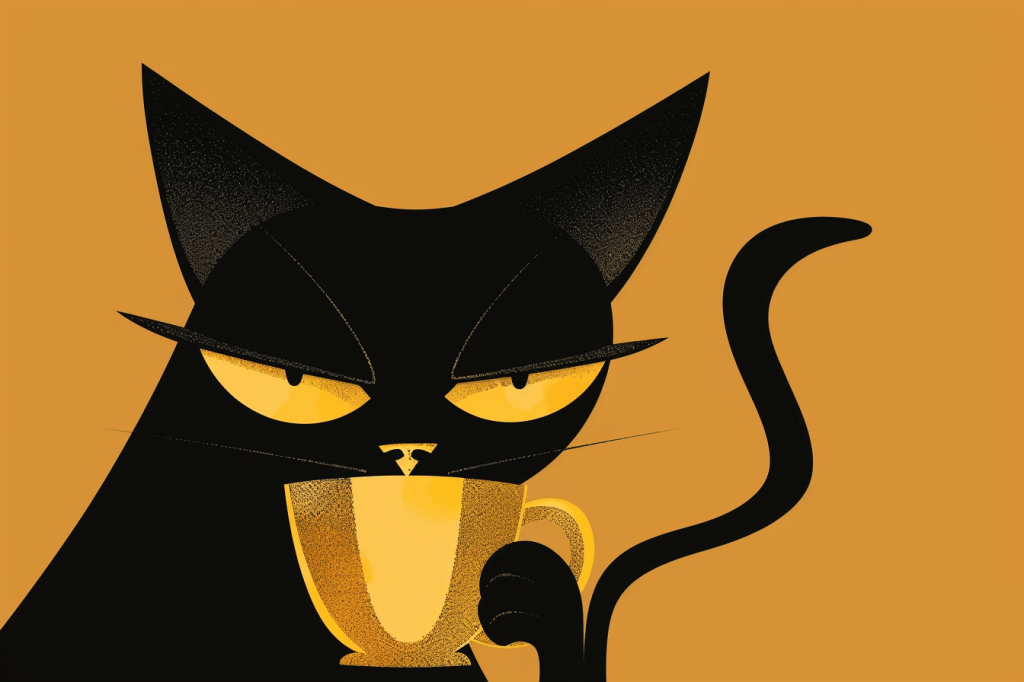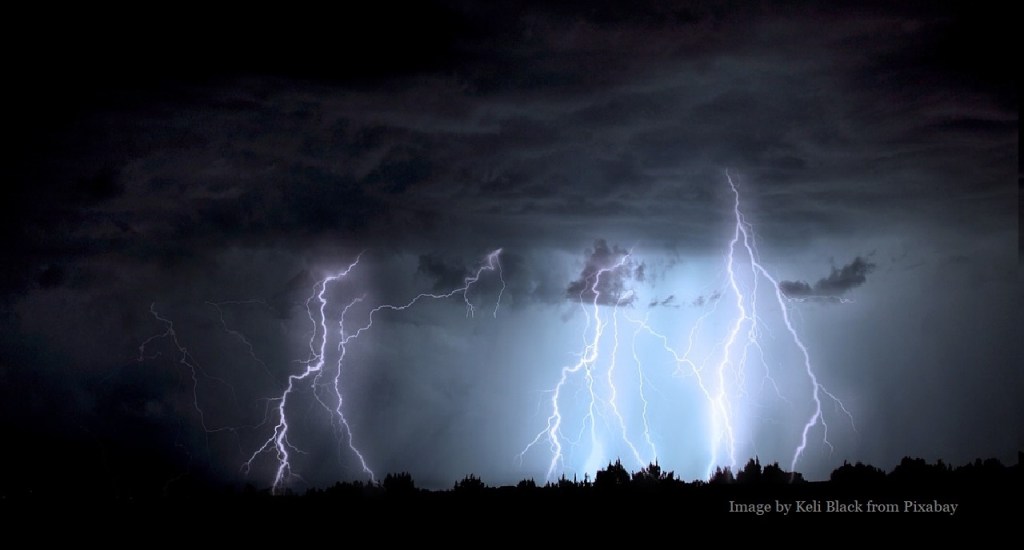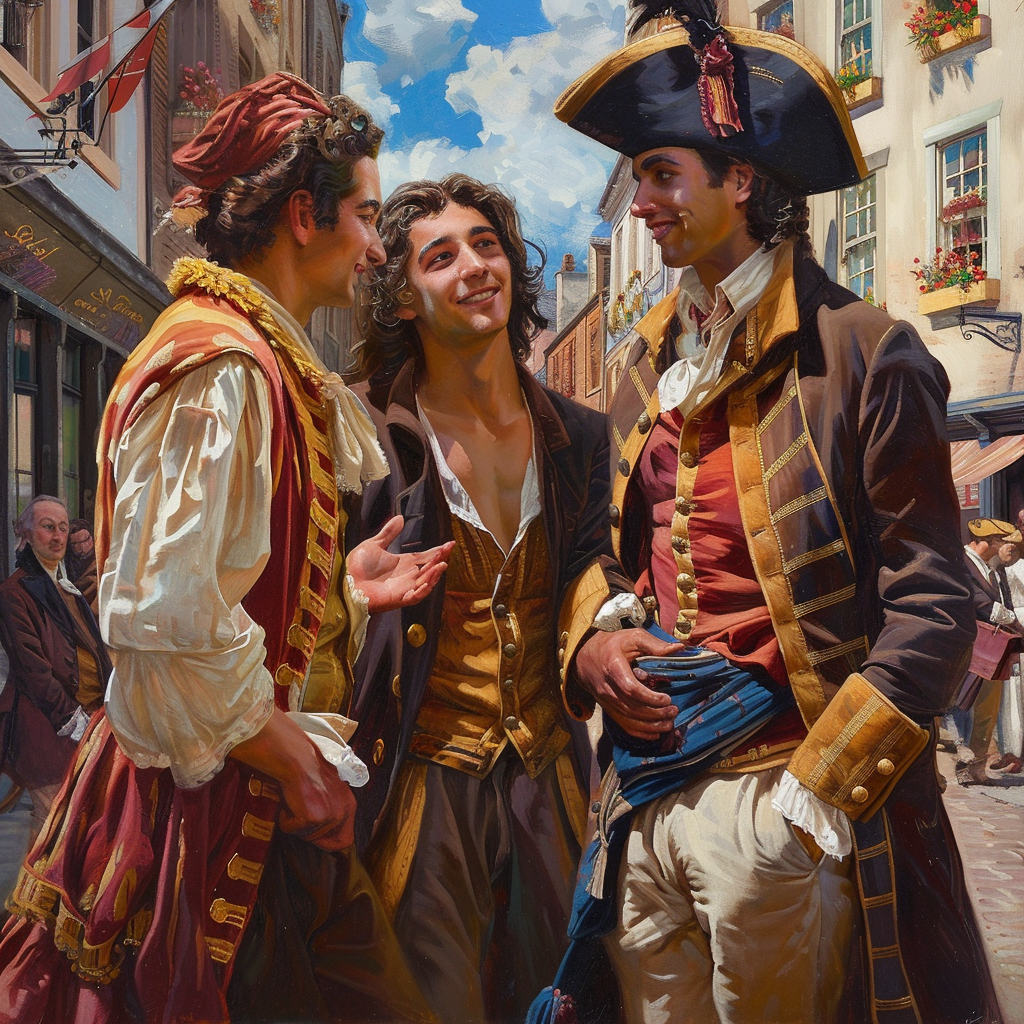“And we’ll be saying a big hello to all intelligent lifeforms everywhere… and to everyone else out there, the secret is to bang the rocks together, guys.“ The Hitchhiker’s guide to the Galaxy, Douglas Adams
“Technology just keeps moving along”, says the guy who actually still remembers party-line ‘phones where you cranked a handle and spoke to the operator at the exchange. And the telephone operator (and everyone else on your particular line) could listen in. A bit like the modern alphabet agencies really, except the operator, being a local, probably actually knew exactly what you were talking about. But people kept banging the rocks together and the technology moved on, and manual switchboards and telephone operators stopped existing.
Some irrelevant individual on X was pompously holding forth on the subject of AI book covers and how Indy writers should spend (I kid you not) $1000 on covers or the artist community would boycott their works and various greats I never heard of would refuse to work on their books when they wanted covers after making a success (which he basically said was impossible if they’d use AI generated covers). I wanted to say ‘telephone operator’ but I’d have had to explain…
Now I am not quite as old as dirt, I just look that way. But I was buying art for JBU before Indies existed. If you think it sucked to be writer facing the gatekeepers of trad publishing, we had it soft compared to the artists who wanted to break into covers. A cover takes, realistically, much less time than a novel, so there were a lot less cover artists making a living off their art than there were novelists selling to trad – and there weren’t that many novelists selling to trad.
Fast forward to Indies coming on line. De facto, everyone who had ever submitted to the slush, and a bunch who had been put off even trying… put books up on Kindle etc. Now, some of these did their own cover with their own art or stock photography. Others, wanting to be professional-looking and sell more, bought covers. Voila, a lucrative market for many artists who had been lucky to sell any before.
However: many of the writers putting their work up… also had no real idea of the business, or of the volume of sales they could expect. The royalties were better, and well, at 70% as opposed to 8% you could make as much as the guy selling 9 times as many paperbacks at the same price.
Only nobody said how few paperbacks many trad noobs sold – even if their publisher put their book into a lot of book-stores. The new self-published author didn’t have that exposure, even. All he had was his or her own promotion and word of mouth and if they were lucky help from the ‘also bought’ algorithm. And, not to make too fine a point of it, 90% of slush was rejected because it failed to be much fun to read. Yes, we all know people who hit the niche, hit the time right, worked damned hard, self-promoted well, and did well. The truth is there is one of those, for every 100 ‘doing ok to scraping along’ – about the same as trad, but without the gatekeepers. The system is open, they could break through – as could the tier below them… It might be you, and if you don’t try, you can’t win.
The thing is, for most of us ‘gamblers’ – hoping our story-telling skill is good enough, it is a relatively ‘cheap’ gamble. Yes, it is time expensive, effort expensive – but these are often ‘second job/hobby that you hope will pay’. Often, the other job provides for any expenditure on producing that indy book. And, speaking purely for myself, even if not, unless you’re one of the top tier, $1000 for a cover is just not happening.
Yes, I know, that is a ridiculously exploitative ask in the first place, and that you can buy work for a fraction of that. And no, the ‘artist community’ is unlikely to make or break your book. You see, while you want to put your best possible into that book or short-story, the truth is for most entrants, you won’t sell many copies, and frankly I doubt if a well-done AI cover will sell measurably any less than if you have a cover any but the few artists who have their own following — and they are very, very much rarer than writers with a following. They are also very much more expensive, and hard to get. Most cover artists are not in that class. Authors may know who did their covers, but readers don’t, and don’t care. They buy, if anything, on the author’s name recognition. (remember that, it is important).
But, say the artists, ‘it’s stealing our livelihood. And it is stolen work, AND it is gonna take your job too, so you’d better stand by us.’ Which all has some measure of truth. The AI (or big database) will undoubtably spread into writing, and with an absolute certainty is going to destroy a lot of voice-actor work with audio-books. Yes, the big names (remember that) will still get the big name voice actors… and big name cover artists (who will probably use AI for at least part of their work.
We may become telephone operators too. Well… unless AI fails to predict your text well, and you have a distinct ‘voice’ in your writing – and a name that readers will bother to look for. My own suspicion is that AI will produce -for some time at least, work which compares well to the bottom half of slush, just much faster and more generic. There is a market for that. I suspect it will struggle to take over from known and popular names, even when it gets better.
And I think we’ll keep banging the rocks together.
Yes, it was an AI cover. As a short it has sold quite well – nearly 100 copies, on which I’ve earn 33 cents each. At $1000 for a cover, I’d be a bit underwater.





19 responses to “Moving along”
Nearly 100 copies, Dave? FFS. I guess I don’t feel so bad about my sales then. My Alice Haddison story sold 10% of yours. Go me! ~:D
As to the delirium of artists expecting $1000 for a cover, little bro sat down and figured out how much he needed to get for each piece to make a living, given how fast he works. He did not consider what his work is actually worth in the marketplace, which is a very different calculation.
Little bro does not want to understand that a real cover artist punches out a finished piece in 4 hours, or that they do this by re-using previous work, and templates, and DAZ3D, and AI, and every other tool they can lay hands on.
Little bro also does not want to understand that nobody cares about his artistic vision. They care if the cover attracts attention from buyers when it is a little postage-stamp sized thumbnail on a grainy computer screen, because that is what it is for.
This is like me making a coffee table. I’m an old geezer and I work slow. For me to make minimum wage, the coffee table will cost $10,000. No matter how perfect and artistic-y my table is, the market for $10K coffee tables is small, so I can expect very few offers. Because everybody goes to Ikea, where the table is a particle board and melamine flat-pack POS, but it will hold up a coffee and it only costs $300 bucks.
Does Ikea use AI and robots, CNC machines, and conveyor systems, thereby replacing The Phantom and his trusty hand-planed solid wood construction? Better believe it. Chances are no human ever touched that coffee table before you opened the box.
Will AI replace authors? You know, I do not care. Because I did not spend my time writing the Alice Haddison story to make ten bucks. I wrote it to find out what happens. Then I offered it for sale because it was finished. So then, after all that, I view the ten bucks as a little bonus.
Maybe if I write a ton more the bonus will get up to $100 bucks. Or maybe it’ll stay at $10, because algorithm. Hard to say.
What’s the probable price of a cover for a book whose lifetime earnings are a hundred bucks little bro? That’s not even worth the monthly rental on Adobe Photoshop.
[smile] I’ve purchased both short stories (and have read the first* of the RB&V novels, and Phantom’s set), and having done some woodworking, I appreciate the works. (My woodworking tends to run to the utilitarian mostly, but I’ve done a tiny bit of fine stuff and have an extraordinary amount of appreciation for those who can.
I’m glad I could send a few bucks to the authors.
((*)) The second is high on the TBR stack, but TPTB at HAR(-de-har-har) struck a bit too close to the left side of Oregon for me to take a double dose without a break (or a stroke). Binging on a reread of OldNFO’s Grey Man stories.
Thank you for your support. ~:D
If purists want to get fussy, there’s a world of difference between using photomanipulation, software drawing programs, and Shutterstock images to make a cover and getting out your pastels and drawing each cover image from scratch a la Margaret Brundage; she of the amazing Weird Magazine covers of the ’30’s.
Once the shouting’s done, AI will turn into another tool.
I’m just hoping that change of attitude comes soon. The vituperation against AI art in certain circles is scary, and has the feel of a moral panic.
It was upsetting enough when it was just leading figures in indie publishing condemning all AI as thefty and anyone who defended it as moral lepers. But after family members have reposted these positions on social media with definite approval, I’m waiting for things to definitely die down. It’s not fun having to use make-do covers, but until we reach the point where AI is seen as just a tool, not a Moral Menace, and the people who yelled loudest are trying to pretend they never took such extreme positions, it feels like something with too much potential to blow up in my face.
Innocence is no defense– they’ve kicked folks out of art groups “for using AI,” and even when it was shown that they had definitely done it by hand, they were kicked out for “AI style art.”
More evidence that we’re dealing with a moral panic.
The kind of group you don’t want to be in, right? ~:D
What on earth is AI style?
:shrug: It was noted that “amazingly” this meant taking out a lot of the folks from the Philippines and similar areas, especially those who got a lot of commissions due to quick turn-around and, um, failure to impose their artistic vision on the customer.
I would guess it was anything Karen didn’t like that day.
Karen doesn’t like people who draw fast, the same as she doesn’t like people who write fast. Too much competition.
Who is your audience?
If your audience are artists who hate AI art, don’ use it. Also if your audience is other authors, who are running with “AI art evil! And so are adverbs! So is passive voice, and you must always show, not tell!”
If your audience is your family members who take a stand based on what sounds good on a bumper sticker… yeah.
But if your audience is readers looking for some light entertainment? I assure you they neither know nor care. They want clear signalling that your story will be what they’re looking for, and beyond that, the story itself is what they want.
Don’t confuse the loudest voices for the ones you need to pay attention to.
I saw that guy!
… then clicked through to find that his job is promoting specialty editions of already-selling-work.
It’d be like going to a guy who writes reviews of frufru organic eateries based on their eco-considerations to find out where to get a good, affordable bite to eat. He might know, but it’s not going to be from the work.
Of interest to one and all, some news of the Random Penguin/S&S merger lawsuit.
https://www.elysian.press/p/no-one-buys-books
“The DOJ’s lawyer collected data on 58,000 titles published in a year and
discovered that 90 percent of them sold fewer than 2,000 copies and 50
percent sold less than a dozen copies.”
This is dead-tree, with all the “Quality!!!” assurances they assure us they bring to the table. And not just any dead-tree, we’re talking Random Penguin! Super snooty NYC Random Penguin is selling a dozen copies of half their new stuff.
Dave’s mention of selling ~100 of his new short and me selling ten of mine struck me as ridiculous. I can see why no-Name Phantom sold ten. Dave Freer sold a hundred? That I can’t see.
But in the context of the big, wide, dead-tree universe, 90% sell less than 2000 and 50% sold less than a DOZEN?!!! Are you f-ing kidding me? I’m looking pretty good now with my ten sales, right?
And in this environment, these “artists” are complaining they can’t get paid a grand for a book cover. And they’re bitching about AI taking their ‘jobs’.
Newsflash, if that book you worked on sold under a dozen in dead-tree, with all the advantages and leverage dead-tree supposedly brings to the table, you suck at your job dude.
Which applies to the entire industry, when you get right down to it. Their production is such complete crap that literally no-one is buying it. And the very few authors who somehow managed to hit just right, with the just-right timing, and manage to punch their story through the frigging million layers of BS in the industry, the top ten percent… sell more than 2K copies. Which still doesn’t pay for the book.
The whole thing is based on maybe 50 unicorns that sell a million copies in a year, plus the backlist of old unicorns from yesteryear.
That’s a dead end. You’re done, bros.
Keep in mind that if that includes academic texts, it’s skewing the numbers wildly from what you expect for fiction. For example, as utterly interesting as this book is, I doubt it will sell 2,000 titles before it goes out of copyright unless it’s made into a classroom text.
https://www.amazon.com/Man-Corn-Cannibalism-Prehistoric-Southwest/dp/0874809681/
That one sounds like something worth reading. I’m surprised it got published at all given how opposed it is to what people want to believe about the Noble Indian.
Look at the copyright date. It was published before the backlash started among the Southwest Indian tribes against any portrayal of their ancestors as anything but peaceful, noble, and civilized.
Ah. Sorry. I missed that.
I just learned about the change last year, when I was out in the Four Corners. I remember the “can’t say Anasazi or rock art” mess (which has died down for now), but now it’s “can’t criticize the ancestors of the Natives.” SIGH. It’s another fad, I suspect. Like saying “If you are a Christian, you’re not a REAL [tribal name] member.”